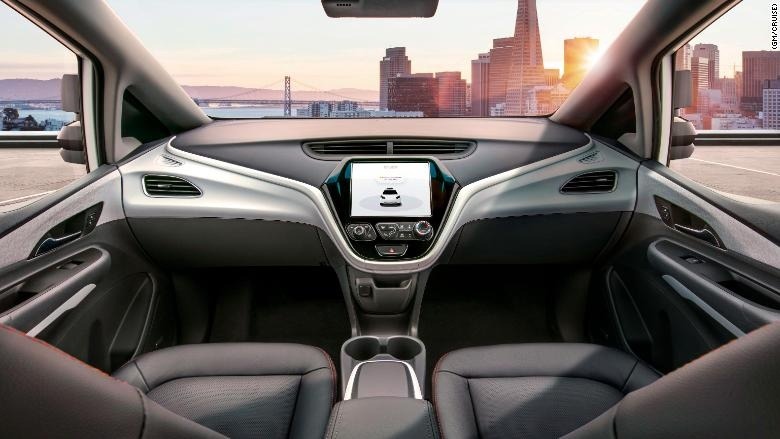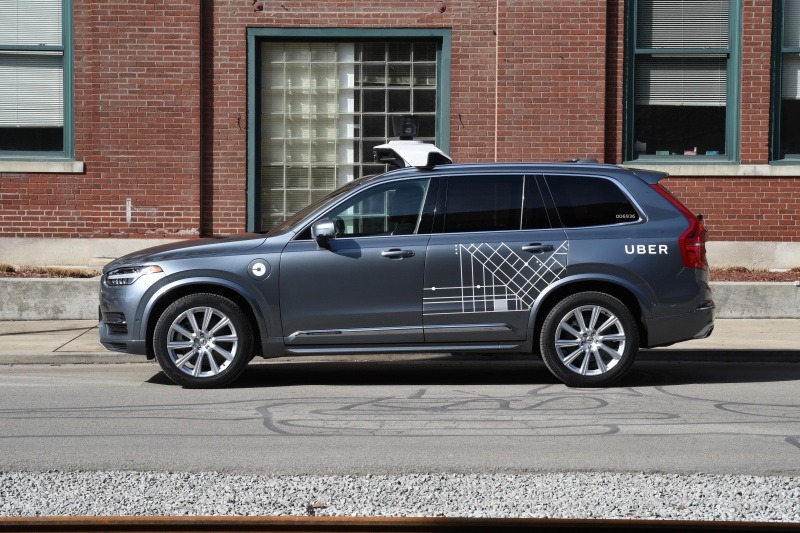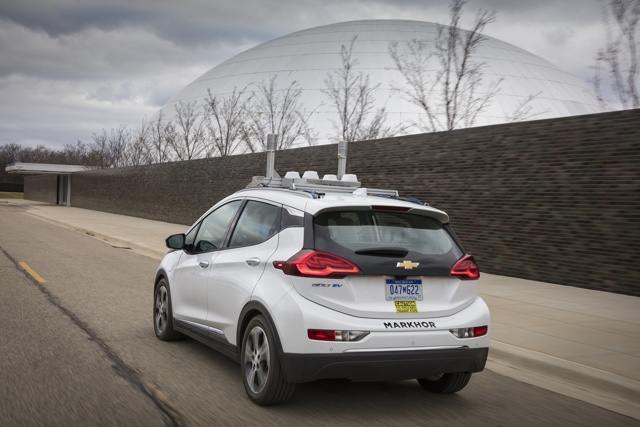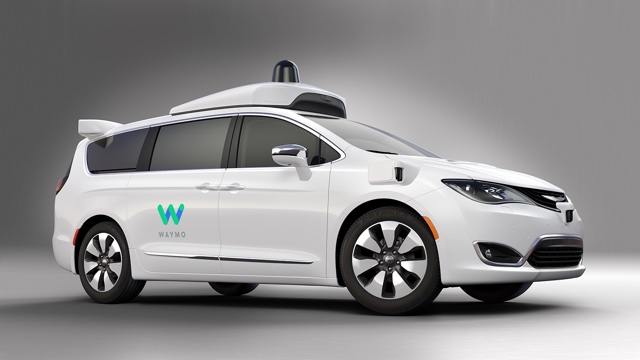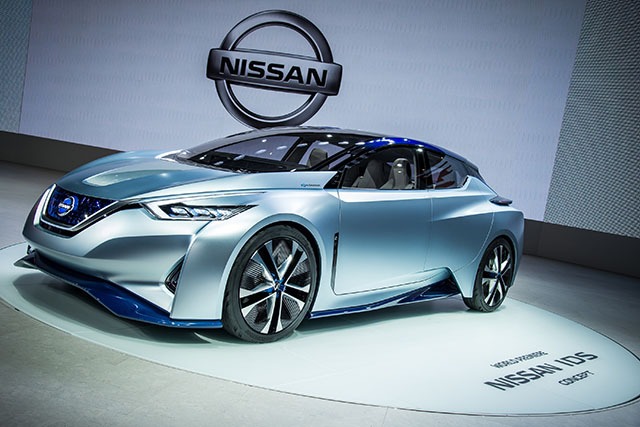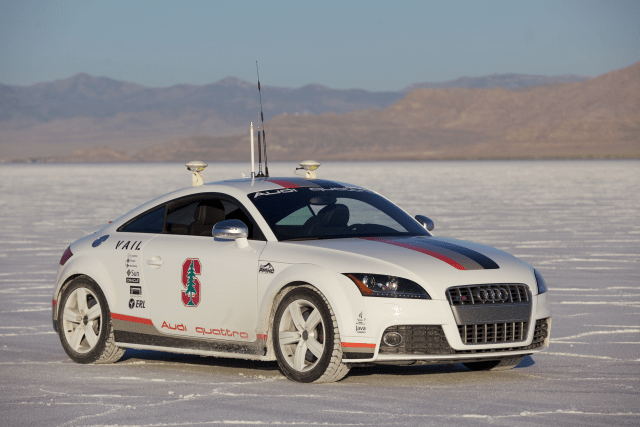Search the Community
Showing results for tags 'Autonomous'.
-
The Society of Automotive Engineers has announced today that they are joining with Ford, General Motors, and Toyota to form the Automatic Vehicle Safety Consortium (AVSC), a group that will work together to test the deployment and development of Level 4 and Level 5 automated vehicles. The AVSC...
- 6 replies
-
- autonomous
- ford
-
(and 3 more)
Tagged with:
-
Volvo an Uber announced a deal where Uber will purchase 24,000 Volvo XC90 Plug-In Hybrid SUVs over 3 years to expand Uber's self-driving fleet. Uber has been testing self-driving vehicles in Pittsburgh since Autumn 2016 with human supervision in the driver seat. Over 100 such vehicles are currently...
- 1 reply
-
- autonomous
- self-driving
-
(and 3 more)
Tagged with:
-
Volvo an Uber announced a deal where Uber will purchase 24,000 Volvo XC90 Plug-In Hybrid SUVs over 3 years to expand Uber's self-driving fleet. Uber has been testing self-driving vehicles in Pittsburgh since Autumn 2016 with human supervision in the driver seat. Over 100 such vehicles are currently...
- 1 comment
-
- autonomous
- self-driving
-
(and 3 more)
Tagged with:
-
Technology is moving at a rapid rate and it seems every aspect of our lives are affected by it. Take for example cars, many believe in the future that cars will be fully self-driving and be powered by some sort of alternative powertrain. One person believes that kids born now will not even need a dr...
- 3 replies
-
- autonomous
- future
-
(and 1 more)
Tagged with:
-
Technology is moving at a rapid rate and it seems every aspect of our lives are affected by it. Take for example cars, many believe in the future that cars will be fully self-driving and be powered by some sort of alternative powertrain. One person believes that kids born now will not even need a dr...
- 3 comments
-
- autonomous
- future
-
(and 1 more)
Tagged with:
-

This Is What A Driverless Pacifica Plug-In Hybrid Looks Like
William Maley posted an article in Chrysler
Back in May, Google and Fiat Chrysler Automobiles made a startling announcement. The two would partner on building 100 specially prepared Chrysler Pacifica plug-in hybrid minivans with Google's autonomous driving technologies to be used for testing. Today, Waymo (the offshoot of Google's self-drivin...-
- autonomous
- chrysler
- (and 7 more)
-
What you see before you is the Nissan IDS concept. This is the automaker's vision for the future of autonomous driving and electric vehicles. The exterior looks like a Nissan Leaf after spending too much time in the wind tunnel with smooth lines to help keep drag at a minimum. The front end shar...
- 1 reply
-
- Autonomous
- Electric
-
(and 4 more)
Tagged with:
-

CES 2013: Audi Gets Its Nevada Autonomous License
William Maley posted an article in Automotive Industry


